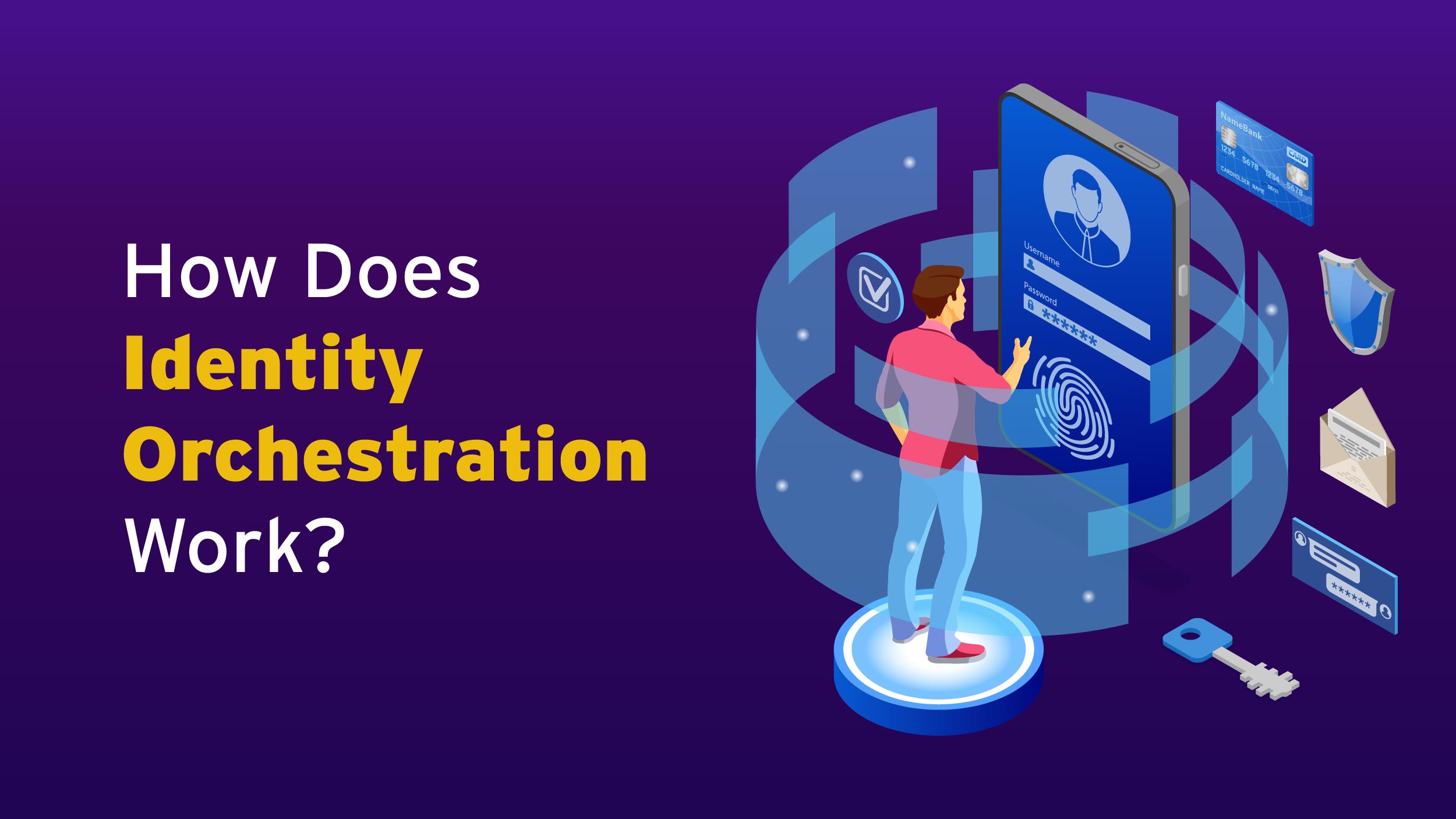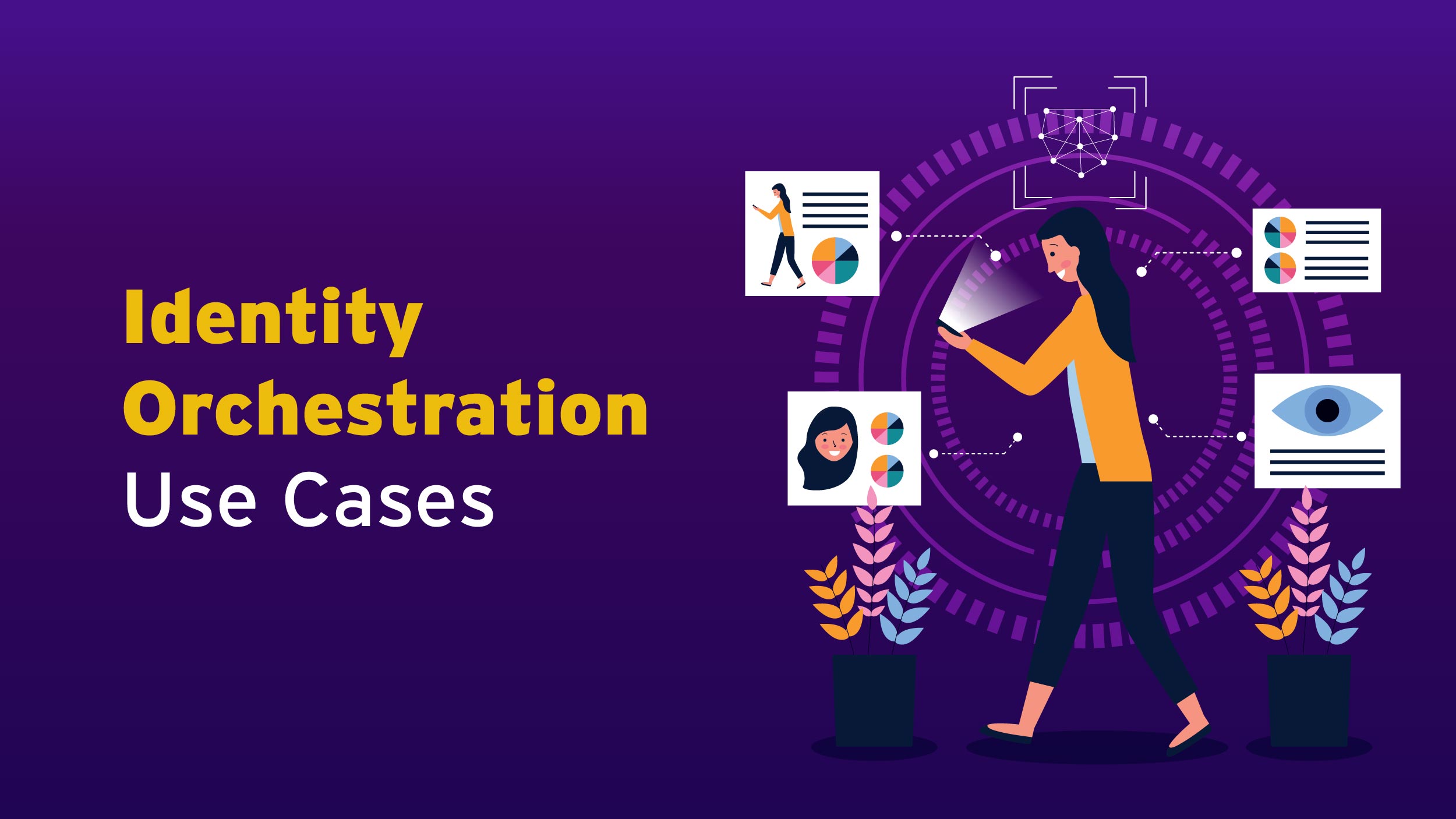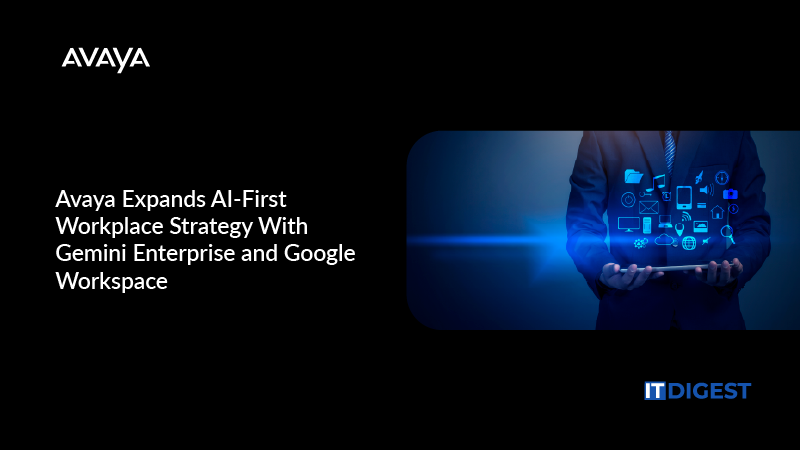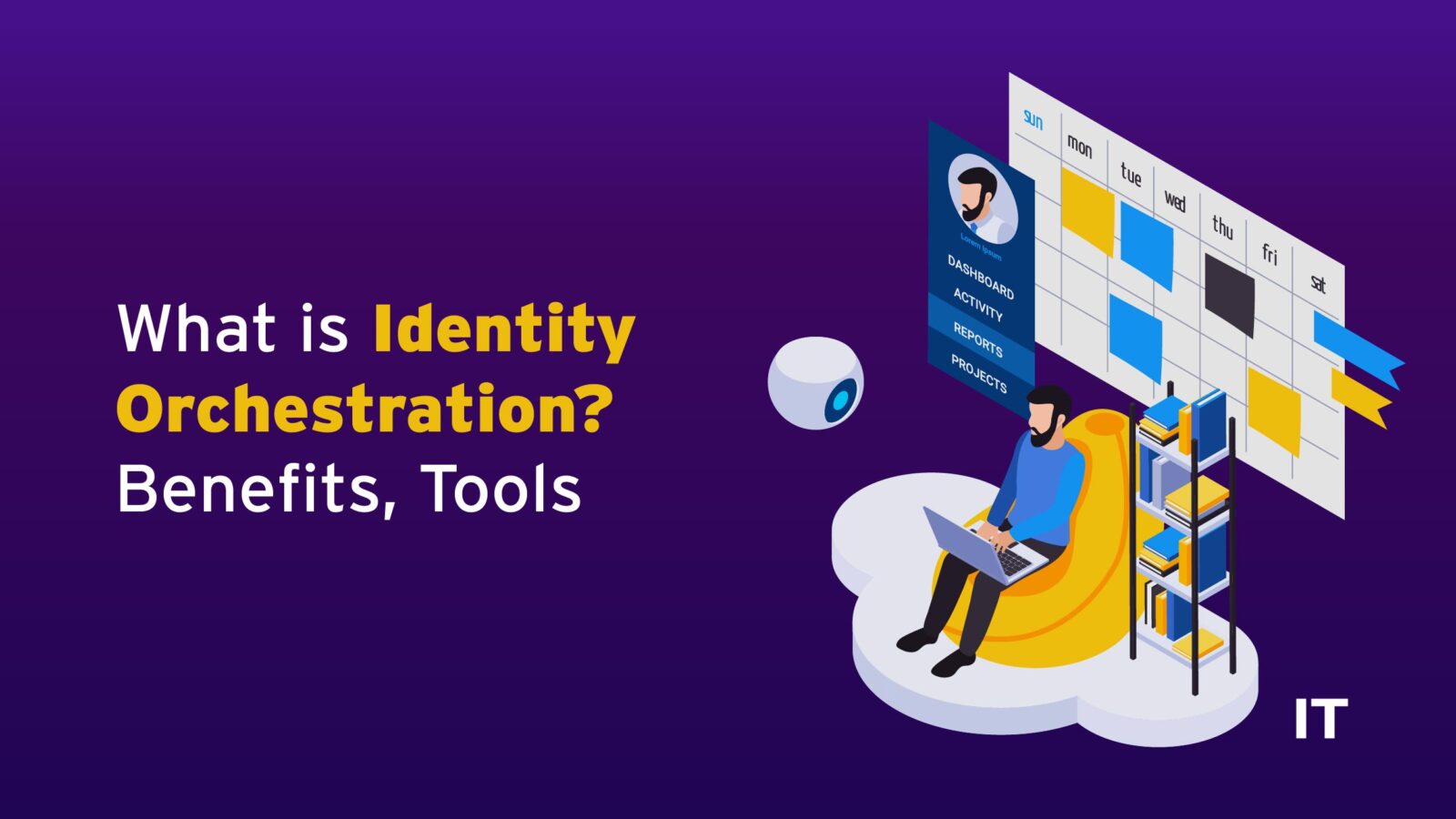Identity orchestration plays a pivotal role in any identity and access management (IAM) modernization and simplification effort. In essence, orchestration implies the coordination of different identity systems and components to deliver a seamless experience for end-users across various domains and applications. Let’s understand more about it.
What Is Identity Orchestration?
Identity orchestration is a software paradigm and standard for distributed identity and access management (IAM). Multiple identity systems or providers (IDPs) can be integrated using an abstraction layer across clouds and platforms. It also offers the opportunity to secure identity within hybrid cloud computing.
It was designed for the modern computer era to address the large problems in the last decade. The increase in SaaS and remote workers led to the explosion of multiple cloud identity services, resulting in fragmentation and silos of identity.
Organizations using multiple clouds have resulted in blind spots in visibility, making identity and access management (IAM) cumbersome and labor-intensive. Nearly 60% of organizations using multiple identity services or more than one cloud platform report that they experience blind spots in policy, app, and user visibility.
Also Read: What is SaaS Integration and Why is it Important for Business?
How Does Identity Orchestration Work?
 Identity orchestration is the process of tying together and coordinating different identity systems and components that were perhaps not designed to work with each other in the first place. This may involve externalizing authentication and authorization from applications, piecing together disparate identities into an abstraction layer, and enabling distributed authentication and authorization. In this way, existing applications can be modernized and secured without extensive rewriting of the application code.
Identity orchestration is the process of tying together and coordinating different identity systems and components that were perhaps not designed to work with each other in the first place. This may involve externalizing authentication and authorization from applications, piecing together disparate identities into an abstraction layer, and enabling distributed authentication and authorization. In this way, existing applications can be modernized and secured without extensive rewriting of the application code.
Software-based identity orchestration simplifies and secures user authentication and authorization by externalizing and automating the identity and access management (IAM) infrastructure. It enables the best-breed identity management tools to be easily integrated and used, and it coordinates and normalizes identity data and policies stored in disparate and isolated systems. This vendor-neutral capability ensures that coordination and management of user identities and access rights can be achieved with complete visibility and control of the entire IAM infrastructure.
Workflow for identity and access management is simplified, processes are automated, and seamless online journeys are enabled. In addition, it can be especially helpful in multi-cloud environments where organizations need to manage user identities across clouds, applications, and locations and support multiple authentication and authorization models. Businesses can use orchestration to design and deploy dynamic user journeys, automate identity workflow processes, and easily accommodate evolving verification policies and practices.
Benefits of Identity Orchestration
- Simplified Authentication and Authorization: It eliminates the complexity and “spaghetti” effect of authenticating and authorizing users by connecting disparate identity management systems. It provides simplified user access and eliminates redundant and complex security protocols, resulting in enhanced security and an optimized user experience.
- Increased Security: It centralizes identity management, ensuring consistent access policies across various channels and lines of business. This results in strengthened security across hybrid IT landscapes, preventing unauthorized or improper access to resources while ensuring the same high level of security across all clouds and on-premises infrastructure.
- Improved User Experience: Through single sign-on capabilities and eliminating password fatigue, orchestration delivers convenient and intuitive experiences for users. By streamlining access across legacy and cloud applications and resources with one set of credentials, users have reduced friction and increased productivity.
- Flexibility and Adaptability: Organizations can manage and easily adapt authentication methods and access management policies. The modular nature of the platform allows for the creation, testing, deployment, and updating of IAM experiences without the need for advanced coding knowledge. Identity flows can be tailored and customized based on organizational needs and then adapted as business needs change.
Top 3 Identity Orchestration Tools
- Ping Identity: Ping Identity streamlines the design, deployment, and maintenance of identity and access management (IAM) experiences. It allows you to gain control and visibility of the entire IAM ecosystem and includes pre-packaged integrations with a wide variety of connectors and features.
- Onfido: Onfido assists in the automation of identity verification. It allows businesses to create custom identity verification journeys that include document checks, biometric and data verification, and fraud detection signals.
- Okta: Okta combines identity management with service management. It enables organizations to combine identity and service management for their enterprise, enforce security to accommodate a global and mobile workforce, and provide end-to-end service orchestration.
Identity Orchestration Use Cases
 Mergers and acquisitions (M&A)
Mergers and acquisitions (M&A)
Enterprises merge with, acquire, and divest businesses from within to drive growth and keep pace with transformation requirements. But mergers, acquisitions, and divestitures often bring identity chaos.
To make matters worse, some business units within enterprises choose different clouds due to the unique requirements of their customers, creating even more layers of identity.
From an organizational standpoint, M&As create impossible-to-resolve scenarios to consolidate into a single IDP. Identity orchestration comes in handy in such scenarios.
Securing legacy applications
One of the greatest challenges facing multi-cloud organizations today is securing legacy applications (or non-standards-based applications).
The manual process of elevating identity providers can be infeasible from both a timing and financial perspective. Many applications that run on commercial off-the-shelf software are often closed source, making rewriting them impossible.
Simplified and Consistent User Experiences
Orchestration platforms provide organizations the ability to architect seamless and secure end-user experiences with no-code integrations and visual flows. This enables the creation of automated identity workflows for various identity use cases like authentication, identity proofing, and fraud detection. This capability helps remove the fractured end-user experiences due to buying multiple point-identity systems.
Final Words
We have established that identity orchestration is imperative to solve the non-trivial problems of managing identities in the hybrid IT landscape. By coordinating different disparate identity systems, organizations can simplify the authentication and authorization of users while strengthening security and delivering great user experiences.

































